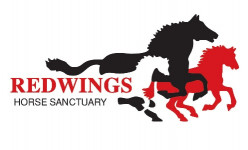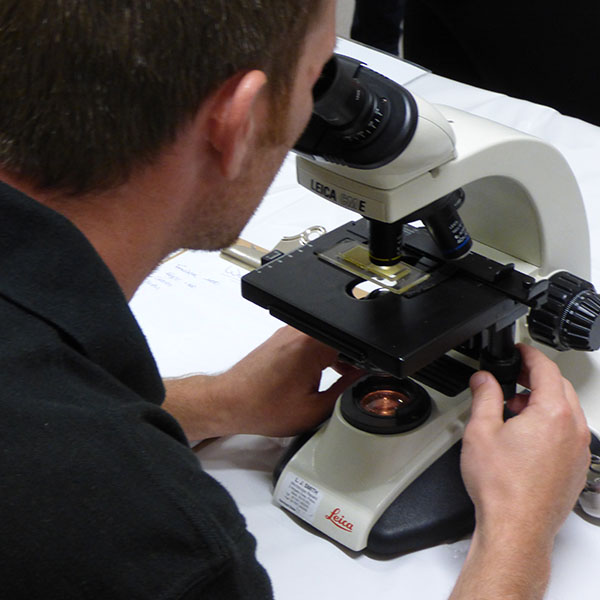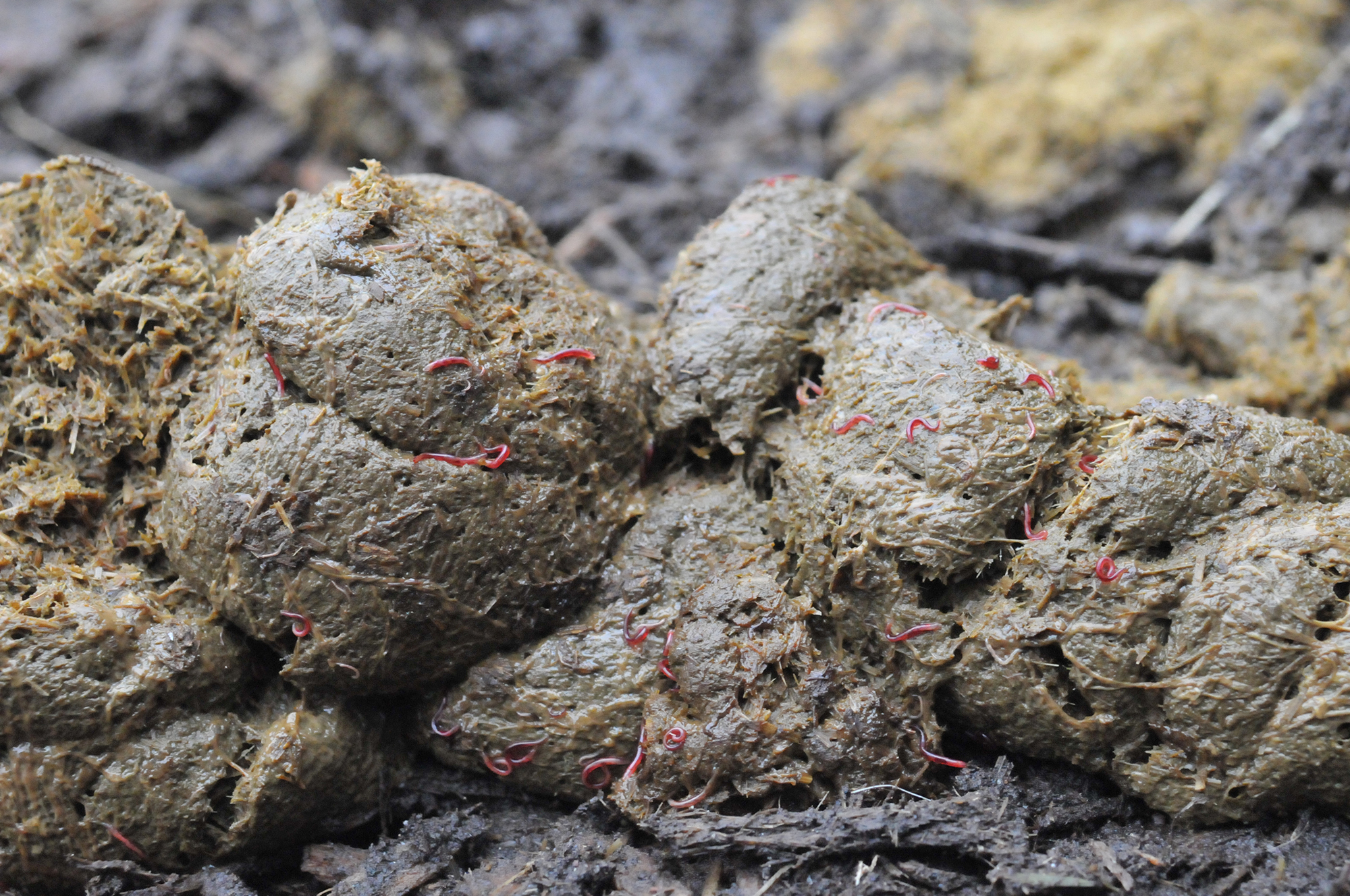Posted: 30th June 2021 | Back to news feed

Protecting horses from parasitic worms has long been an essential part of their routine care. But how we provide that protection has had to change in recent years in response to a worrying rise in resistance of worms to deworming drugs, also known as anthelmintics.
Redwings has produced new practical guidance on the topic, including answers to common questions and a step-by-step guide to putting a targeted worming programme in place. Part of the charity’s Field Notes series, Tiny worms: BIG issues, it is free to download and share.

Routinely worming a horse every few months was standard practice for many decades. But we now know that this approach contributed to the rise in worm resistance, creating a potentially devastating welfare issue for our equine population. Not only has resistance been identified in all worm species and to all classes of anthelmintics, that resistance is increasing and there are no new drugs currently on the horizon to develop as alternatives.
But by changing our habits around worming, we can slow the growth of resistance and maintain the effectiveness of current wormers for as long as possible. Using a regular faecal worm egg count (FWEC) to assess a horse’s current worm status means we only use a wormer when it is really needed. One study found that using FWECs reduced use of wormers by 82%*.
In addition to helping tackle worm resistance, switching from routine interval worming to FWEC testing has other benefits for us and our horses:
- Unnecessary drugs not being ingested by our equines
- Saving money on wormers (a FWEC is cheaper than a wormer)
- Knowing which species of worm we need to target if treatment is required
- Identifying horses that carry a naturally higher worm burden than others (did you know that 80% of worms are found in just 20% of horses?)

A small number of worms in our horses is not a cause for concern. In fact, retaining a population of worms that are not resistant to anthelmintics is an essential part of preventing resistant worms from becoming more dominant. Whether you work with your vet, SQP (Suitably Qualified Professional) or a specialist online laboratory to carry out FWECs, they will advise you whether or not to worm your horse based on individual circumstances in combination with the latest scientific guidance.
As an active welfare organisation, Redwings sadly sees too often the devastating consequences of worm-related disease, and the number of young horses arriving at the Sanctuary with severe burdens is certainly increasing. Not just rescued horses, but ALL horses are now at increased risk of worm-related problems and FWECs offer us the best chance of protecting horses from worms today, while helping preserve the viability of deworming products for horses that need them tomorrow.
*Lester et al. (2013). A cost comparison of faecal egg count-directed anthelmintic delivery versus interval programme treatments in horses. The Veterinary Record. 173. 10.1136/vr.101804
The Equestrian Index newsfeed is compiled from articles submitted by advertising members and expresses the opinions of those members. Watsons Directories Ltd shall not be held liable for any inaccuracies or mis-statements therein.